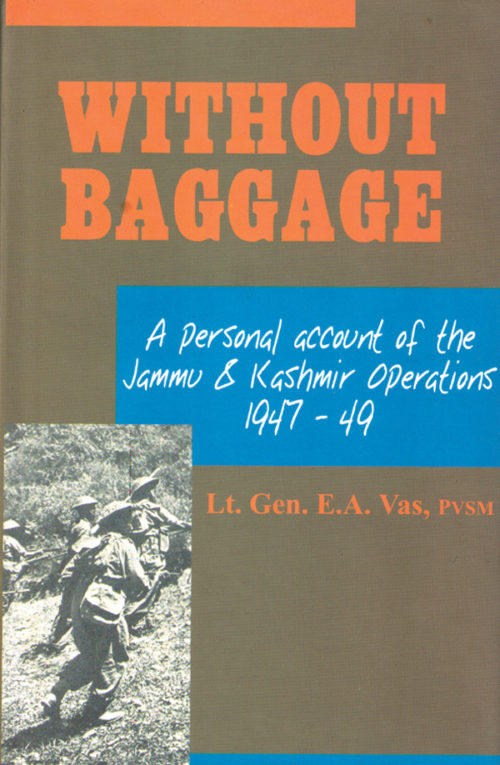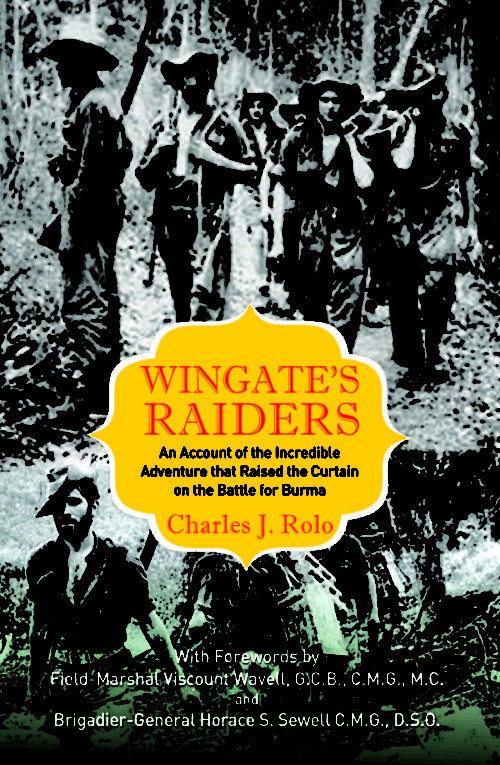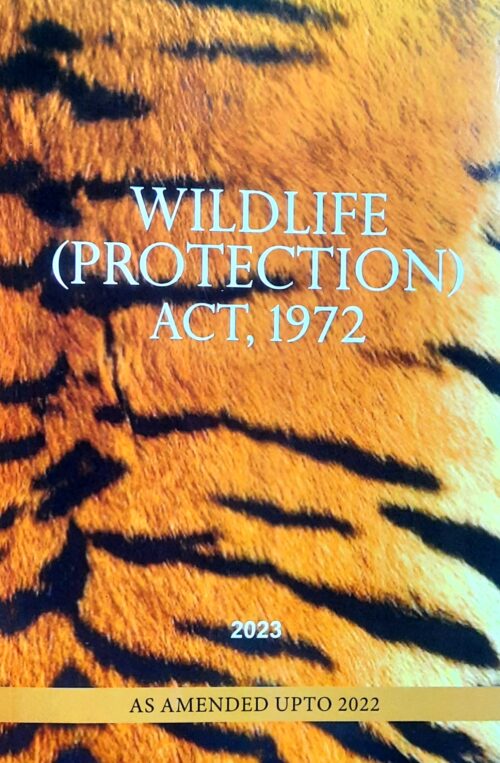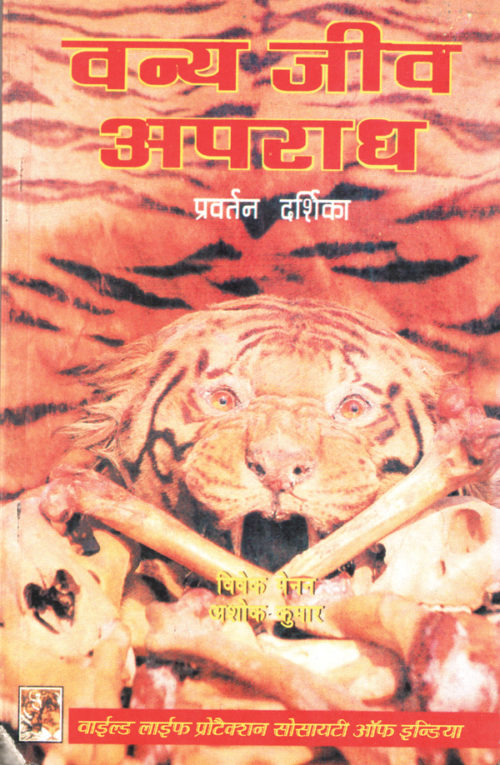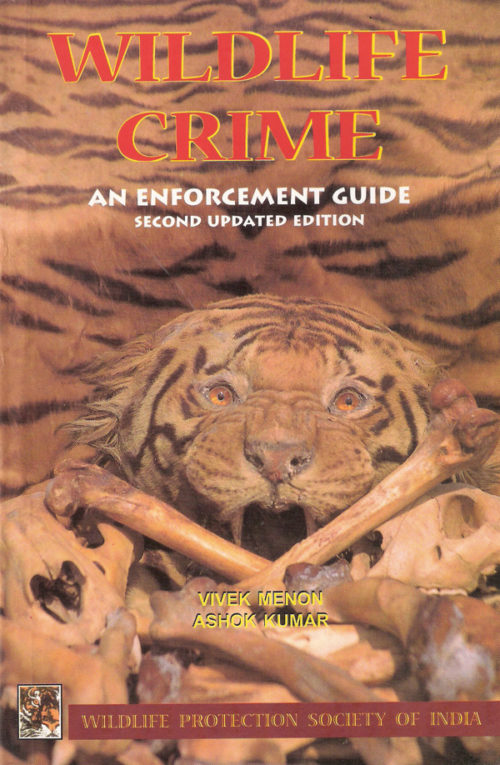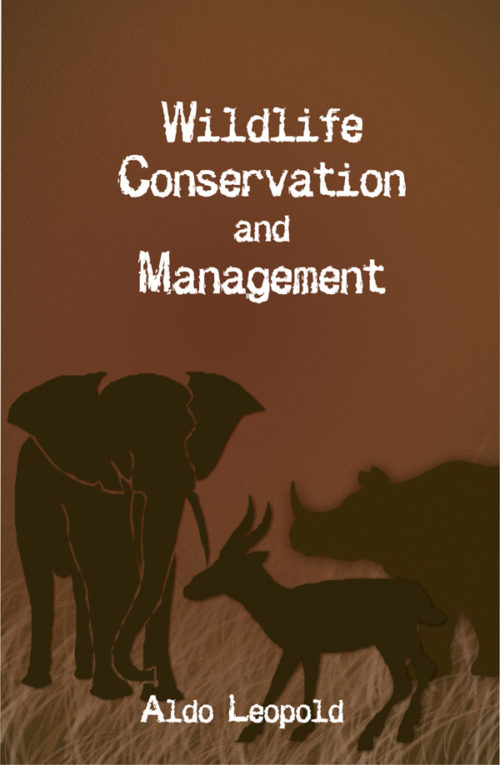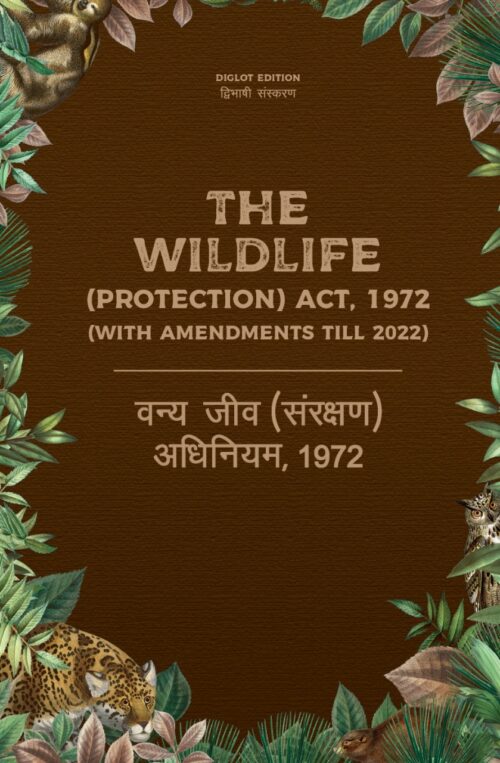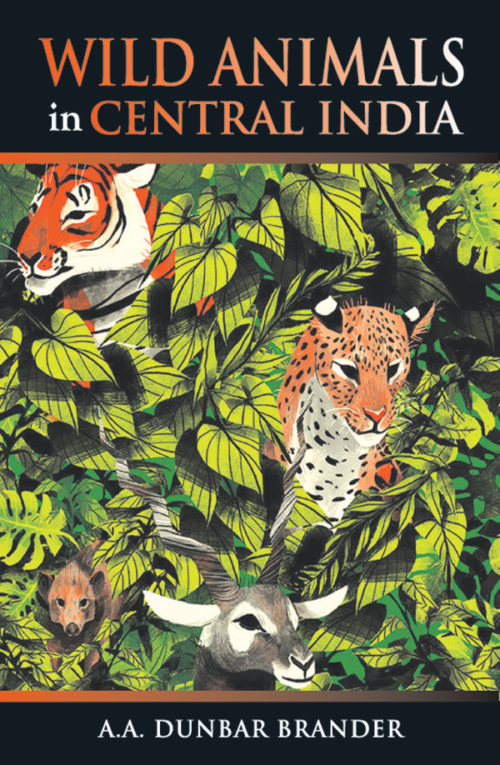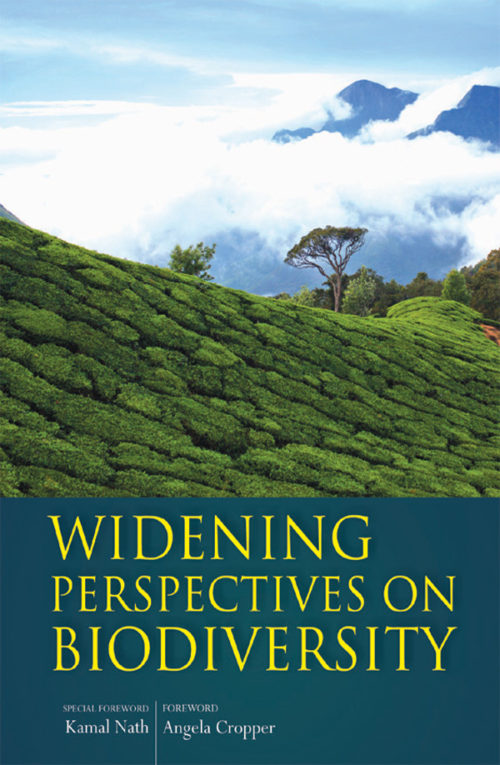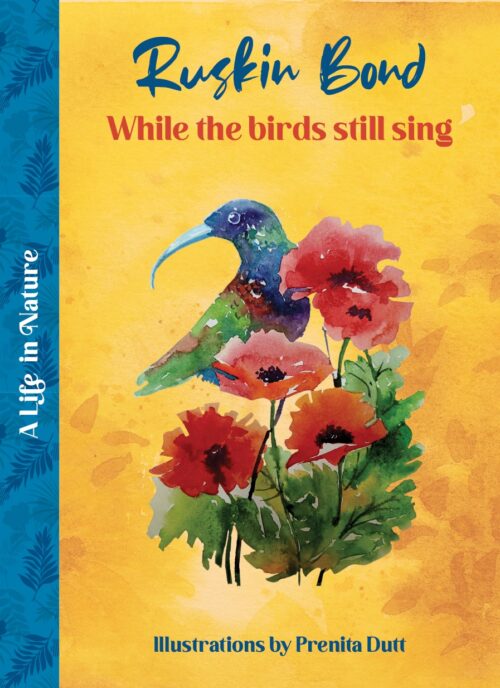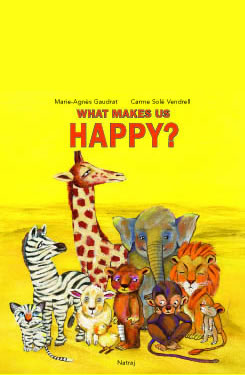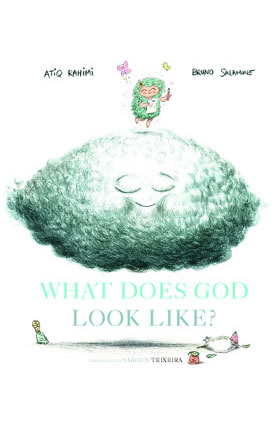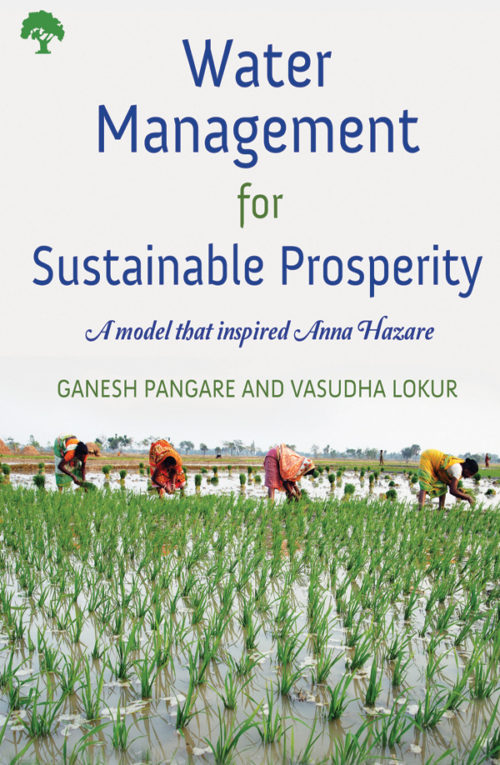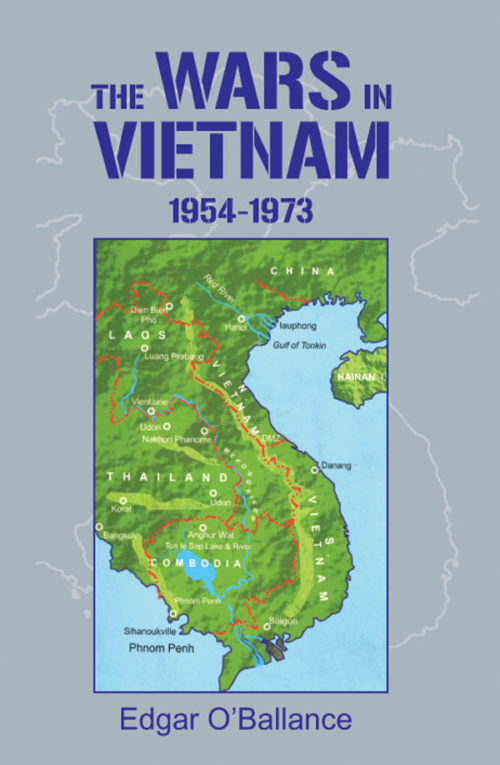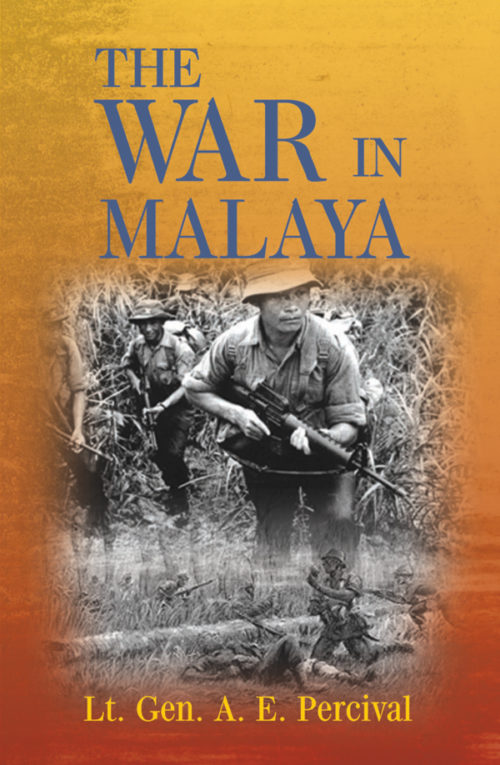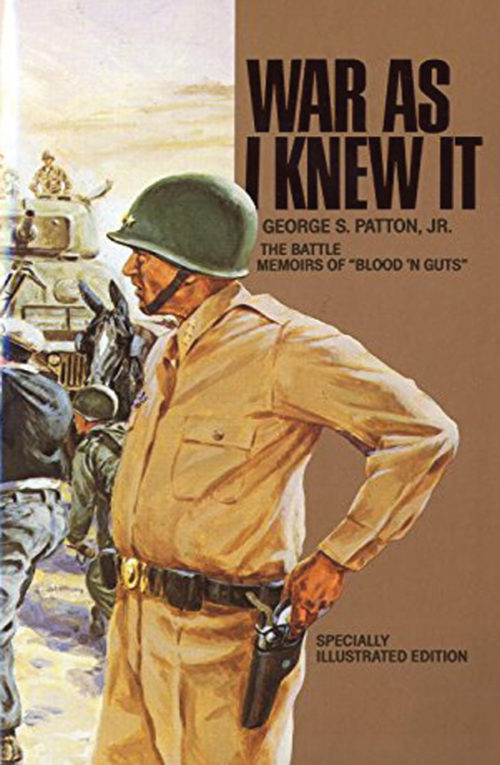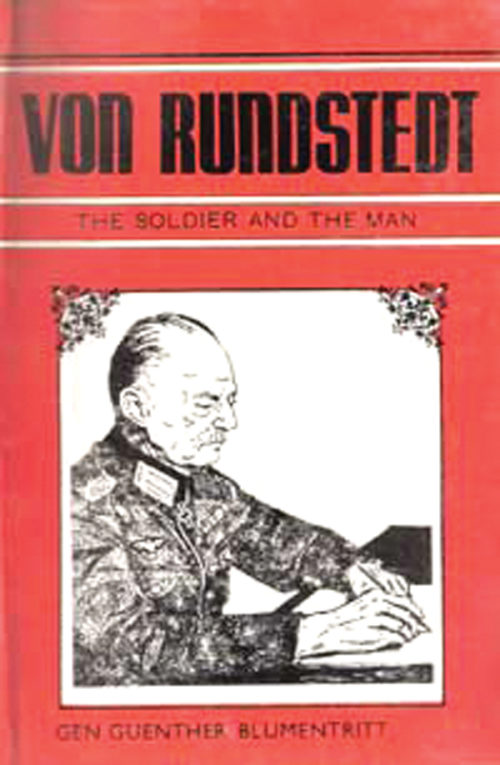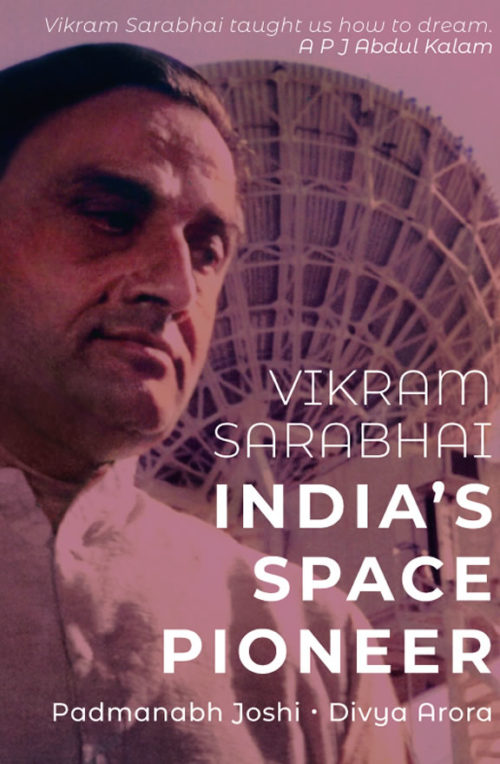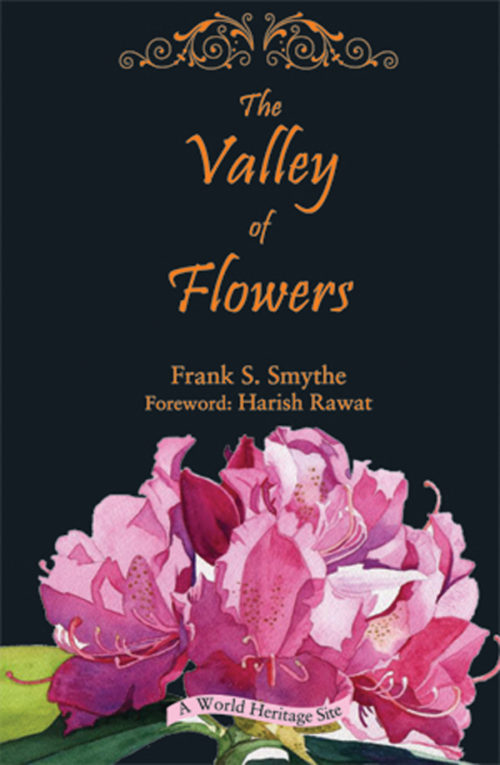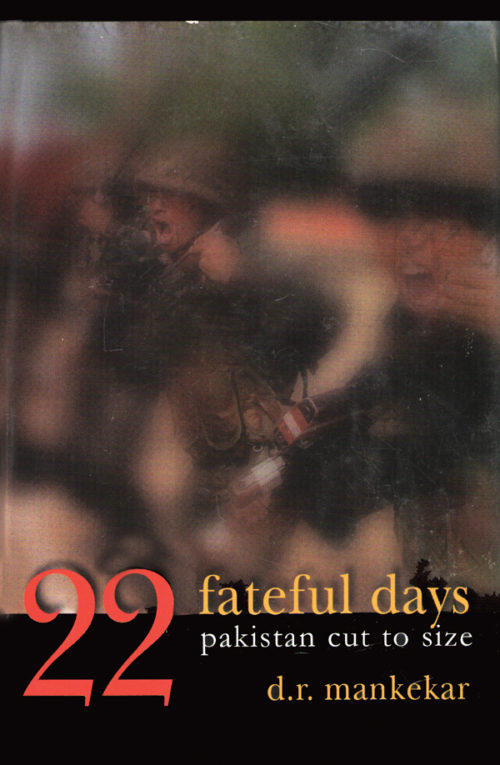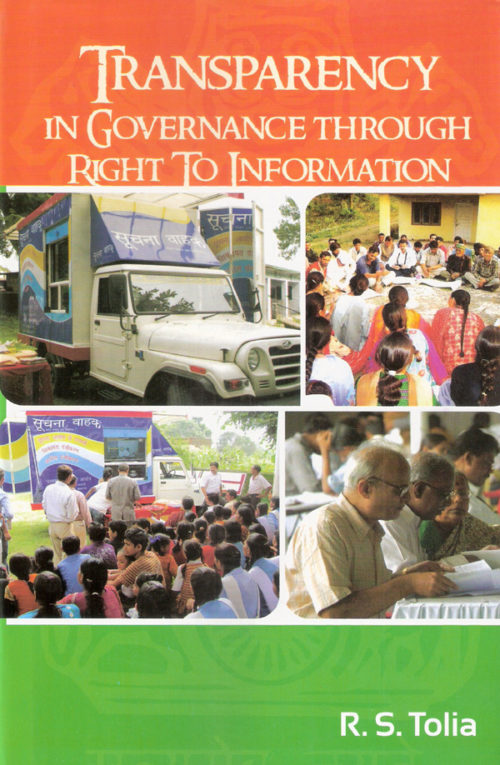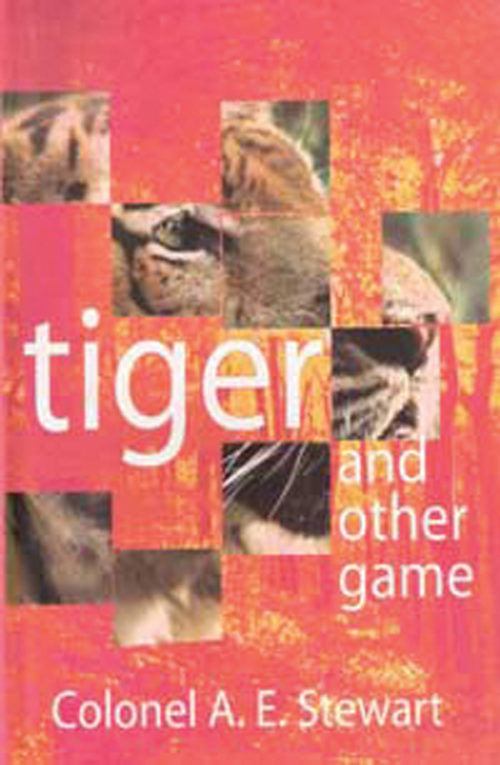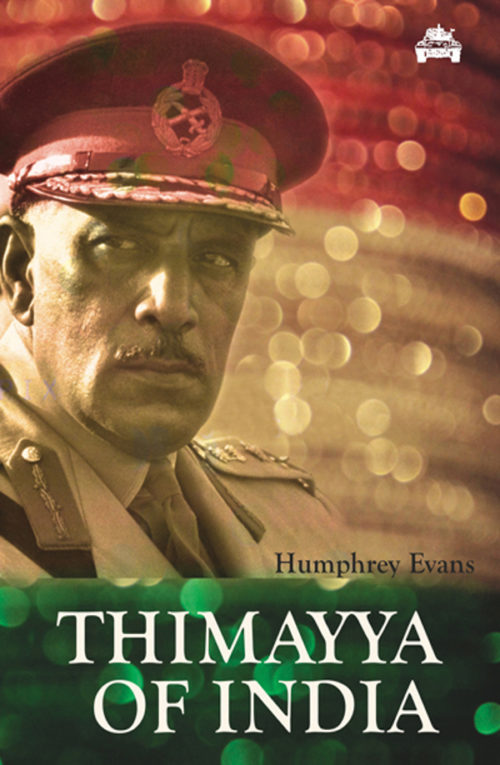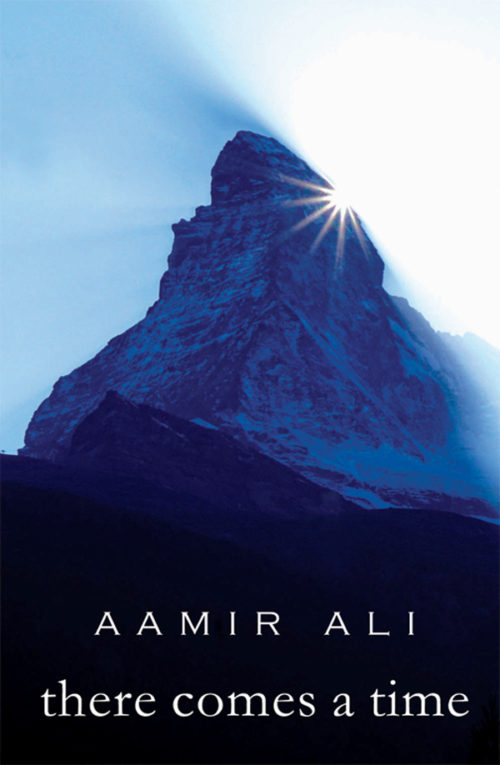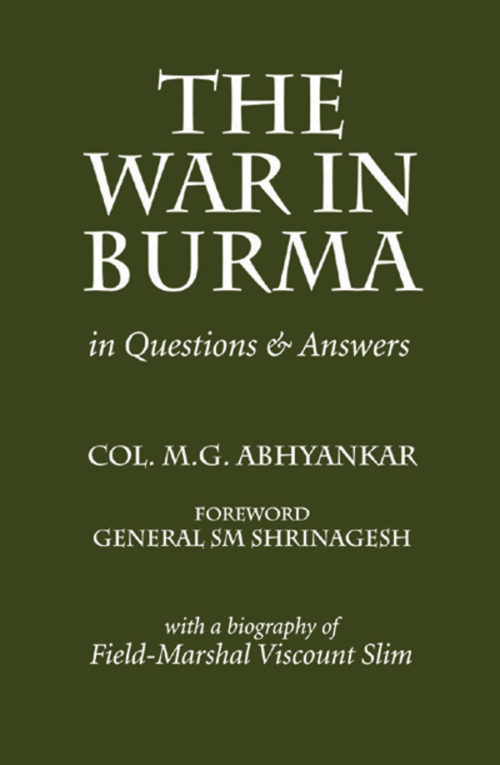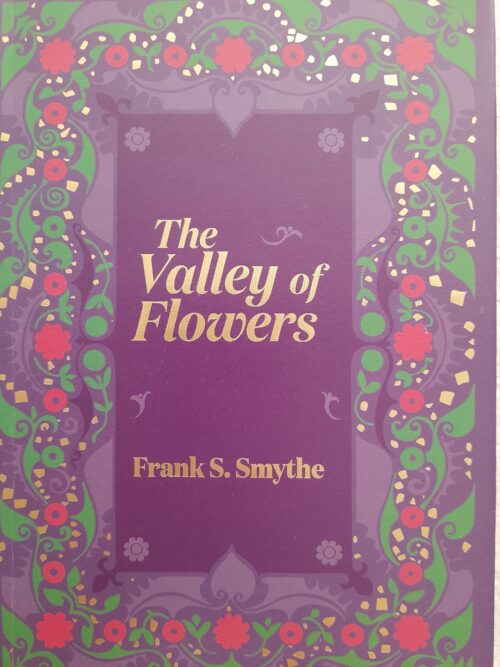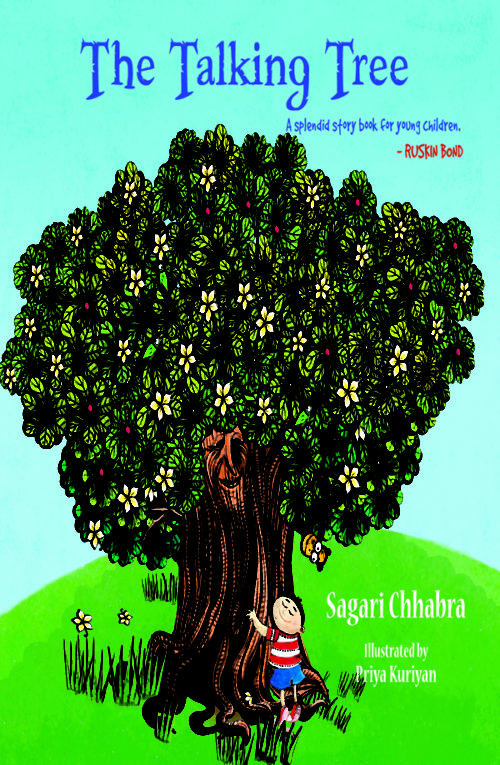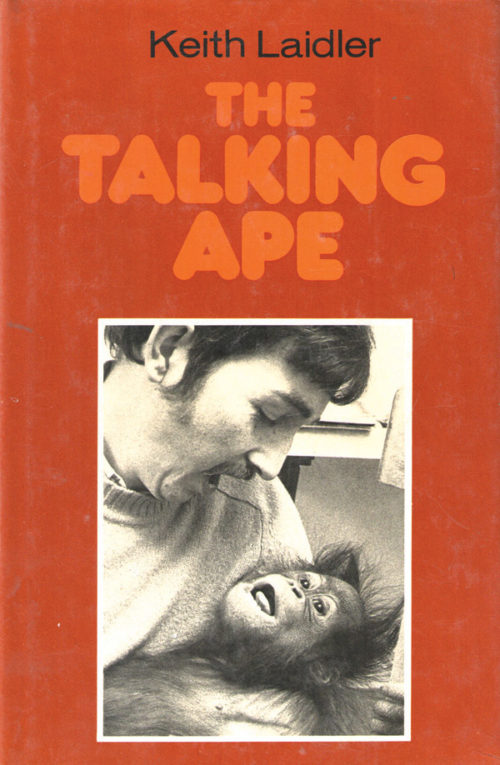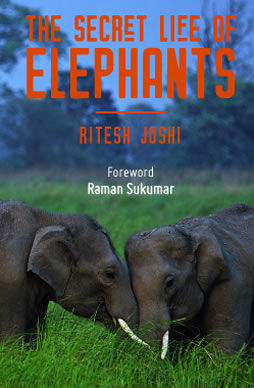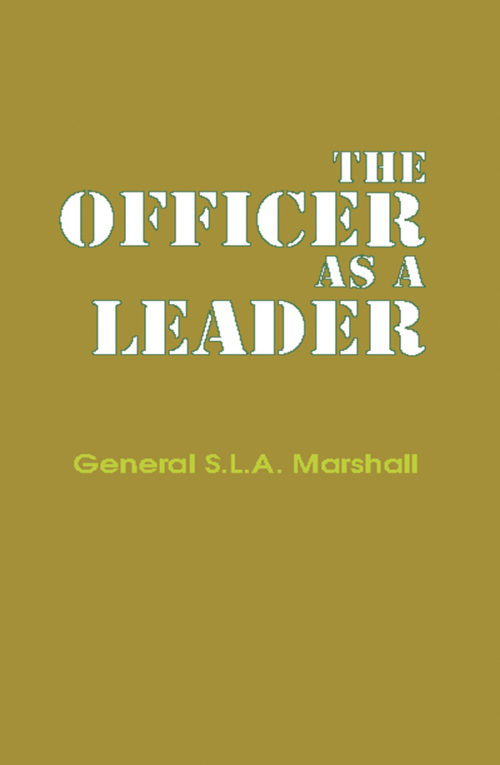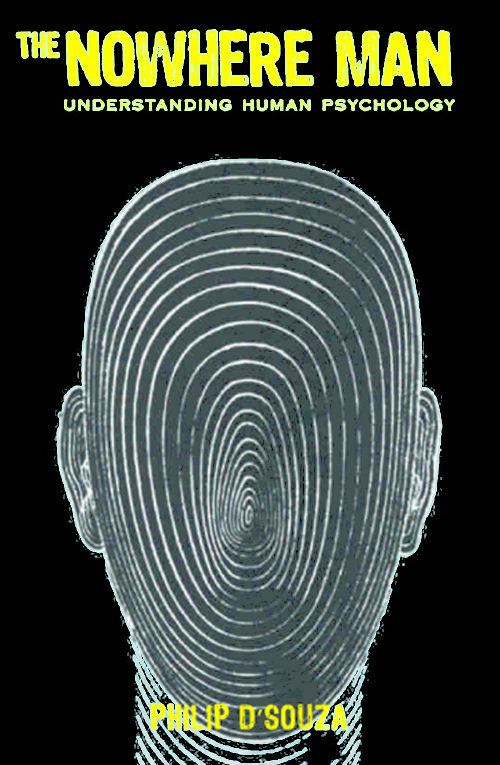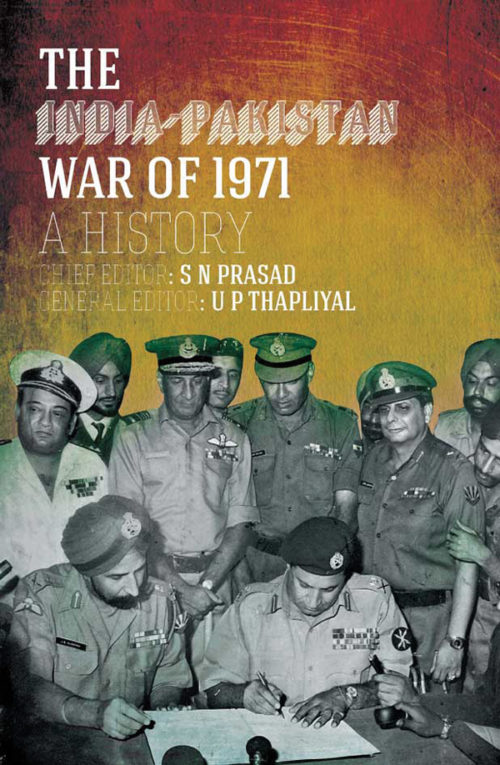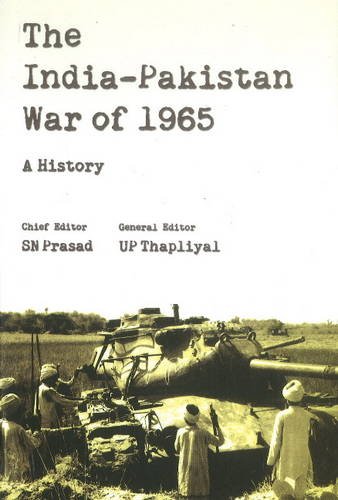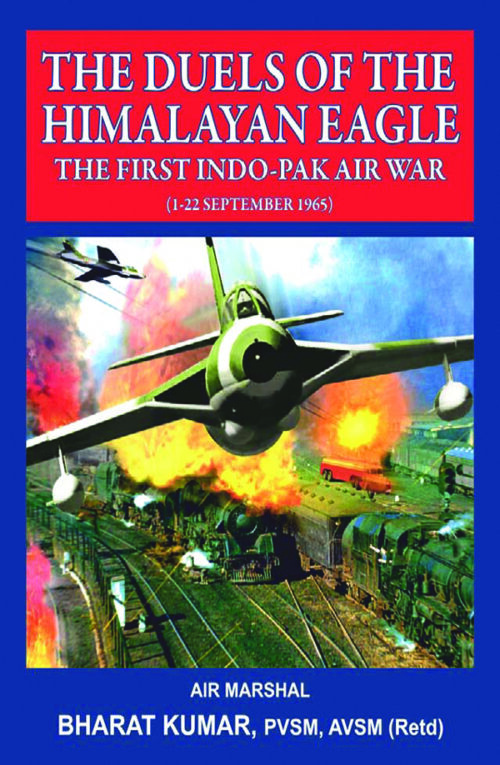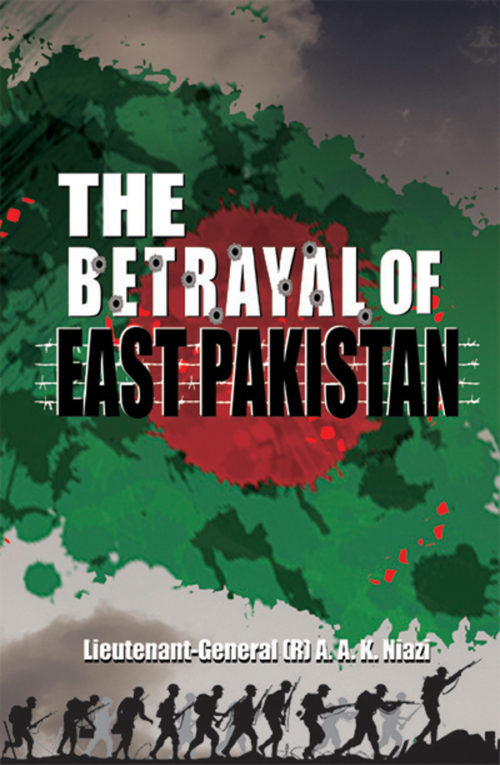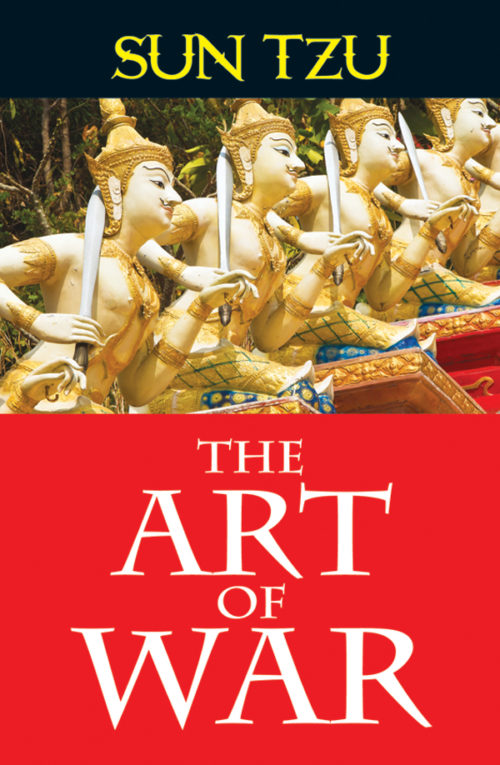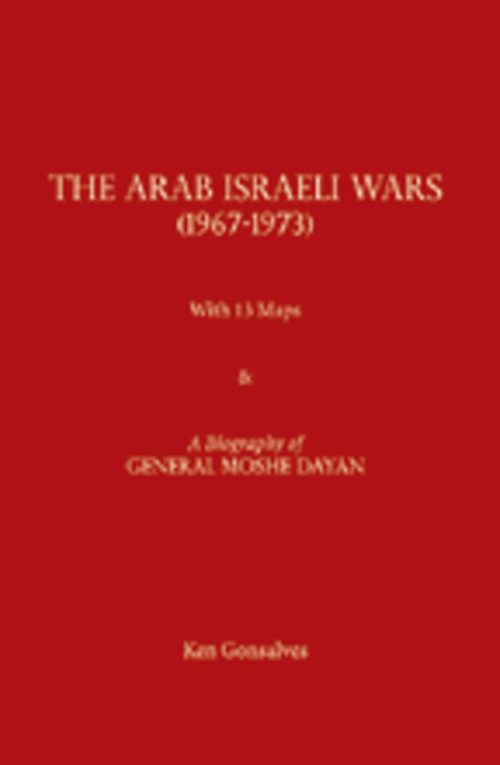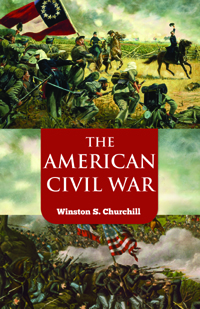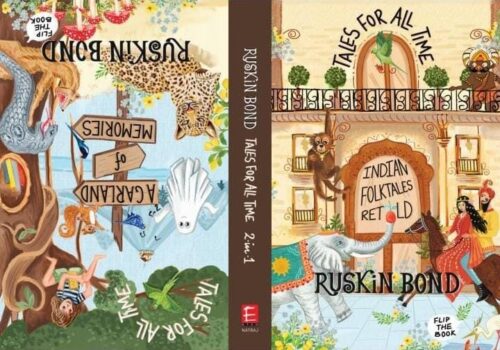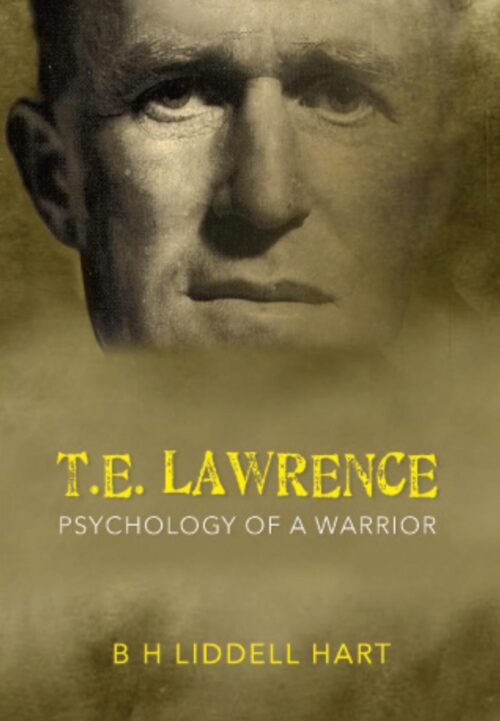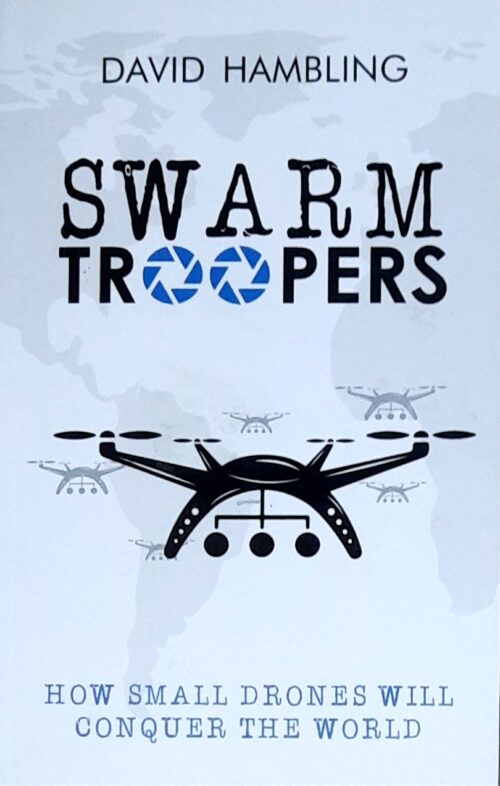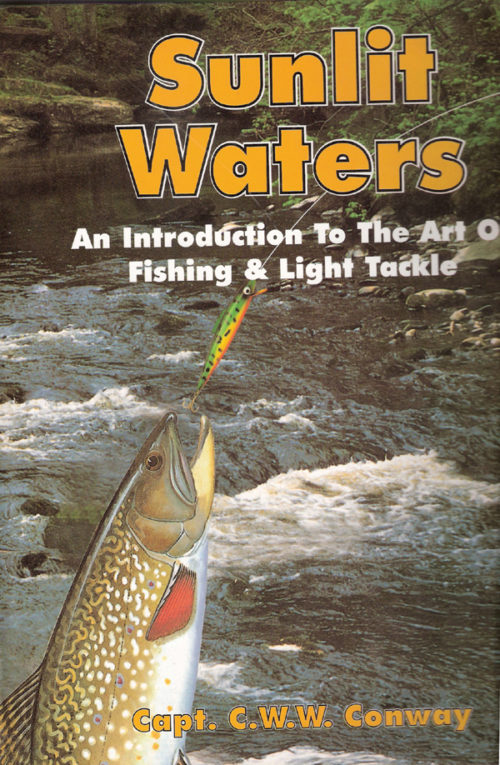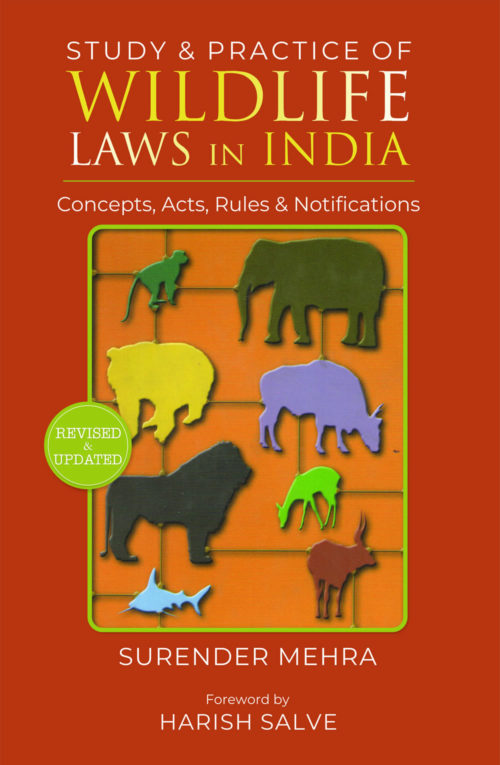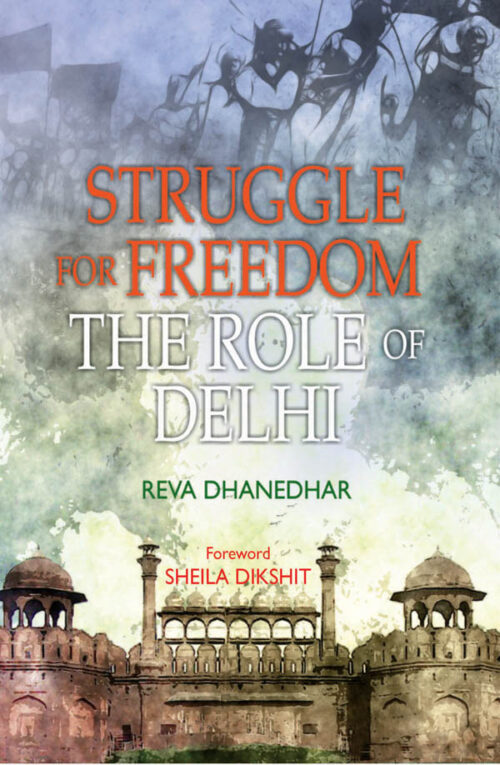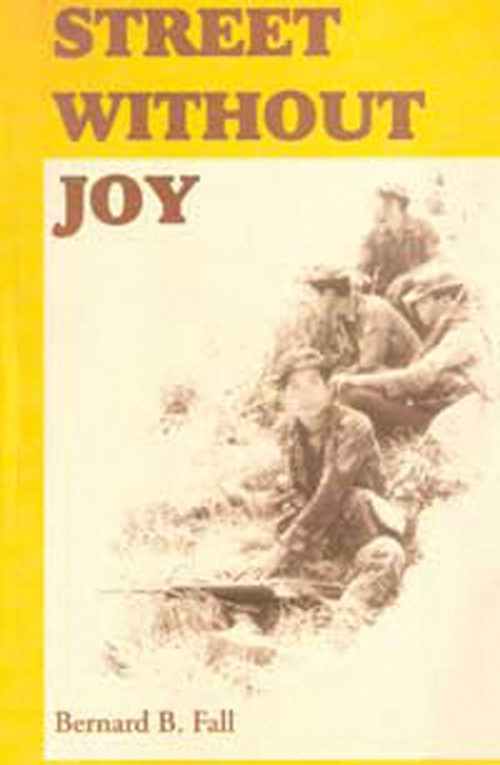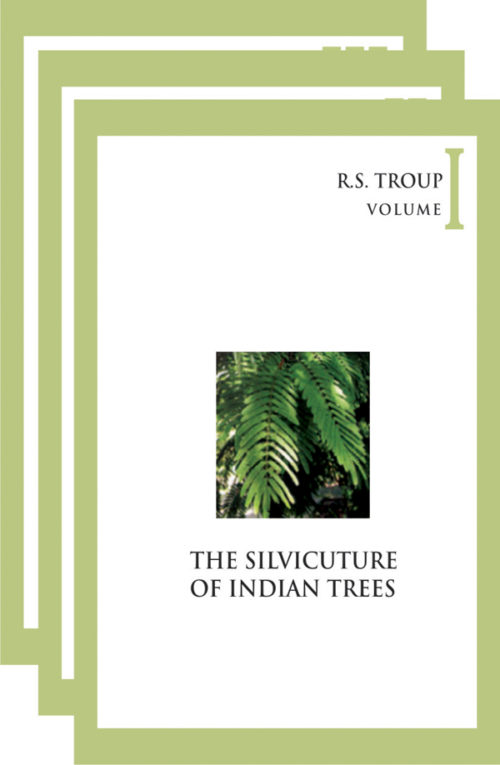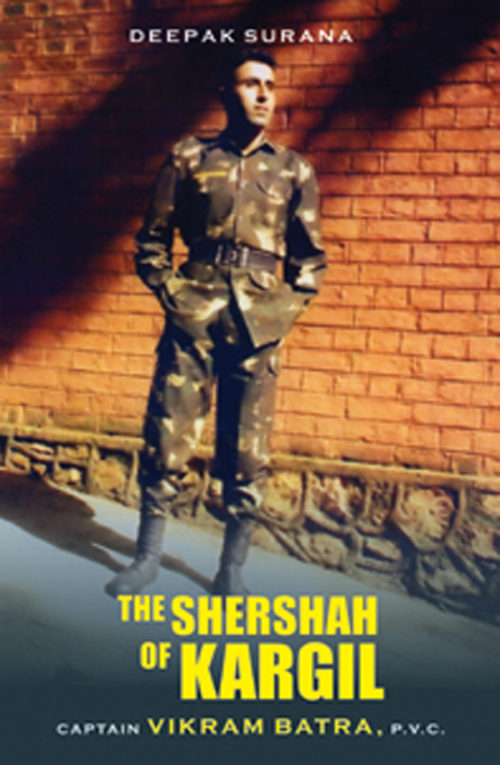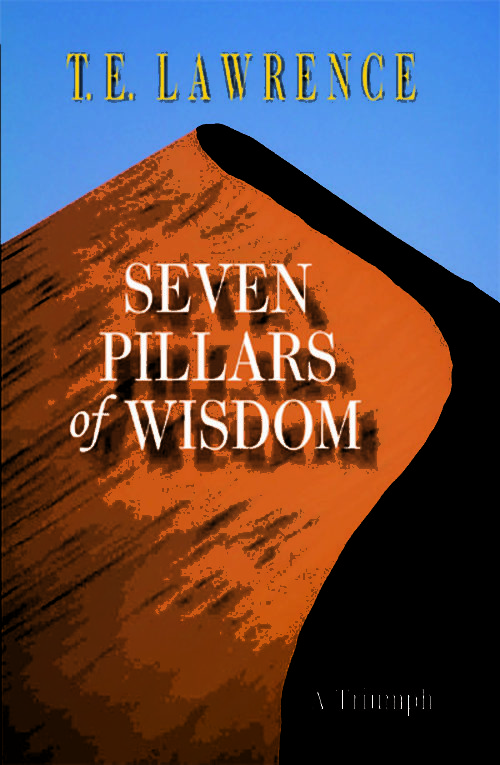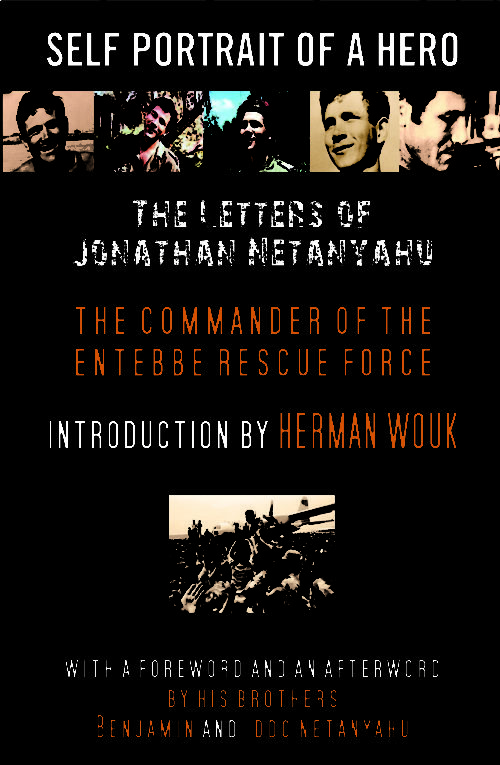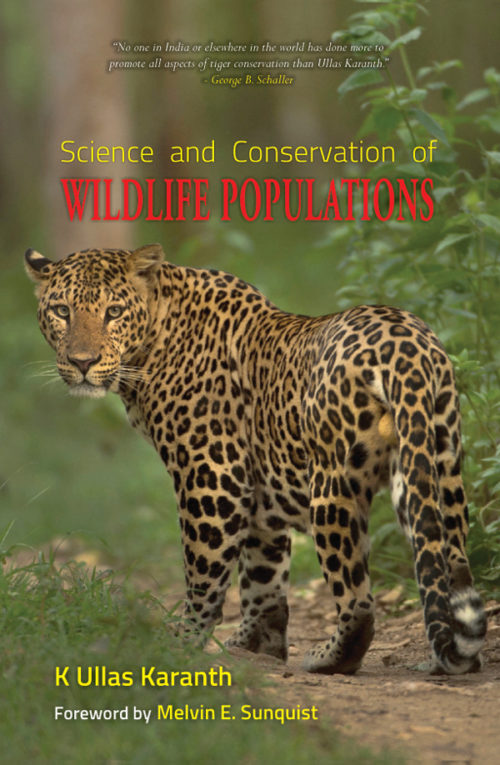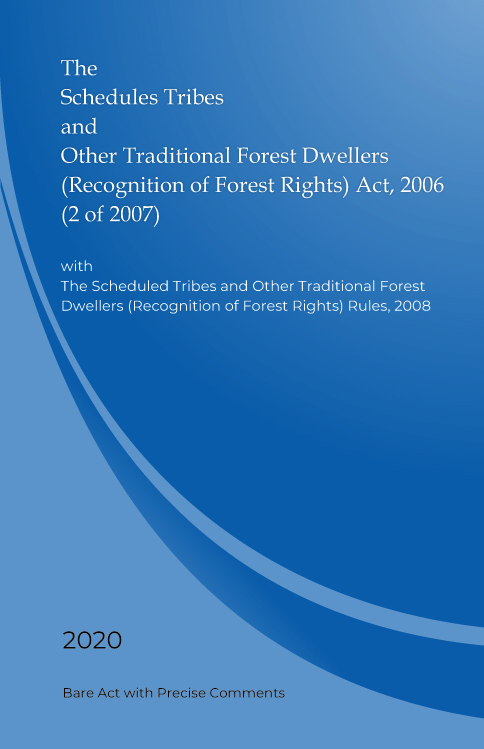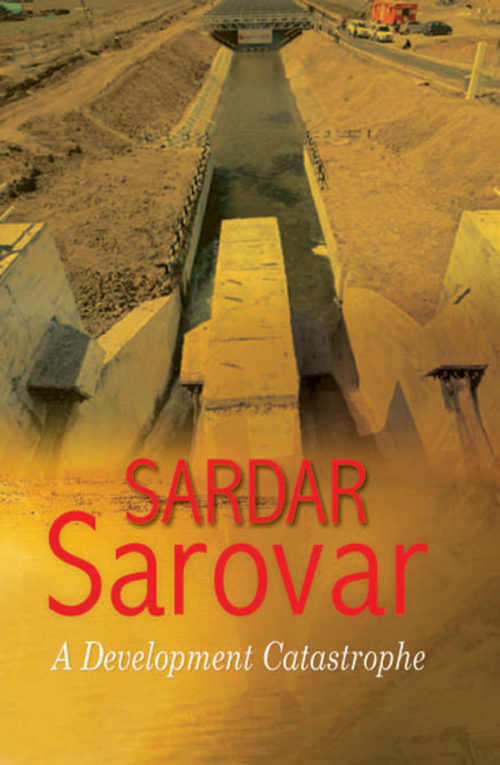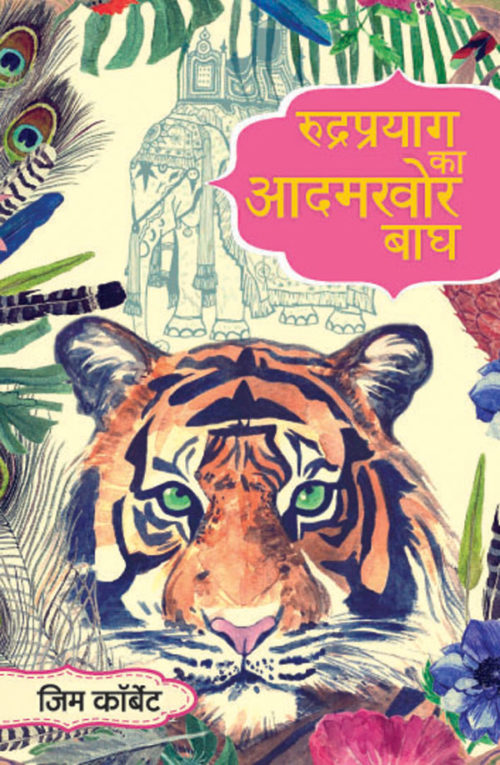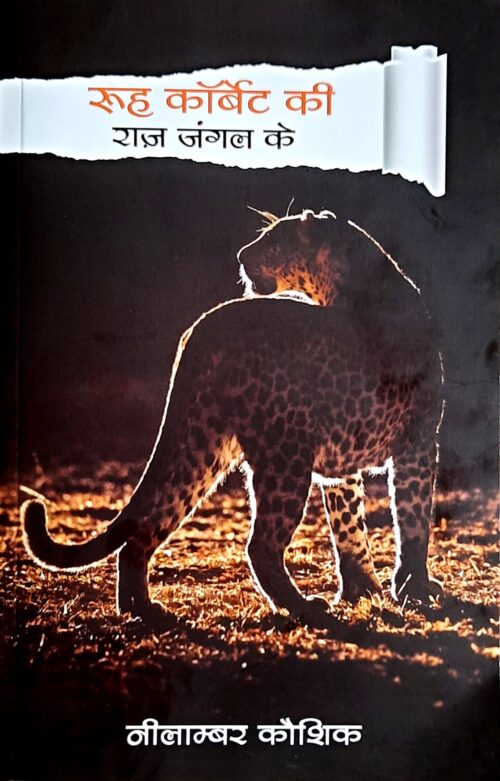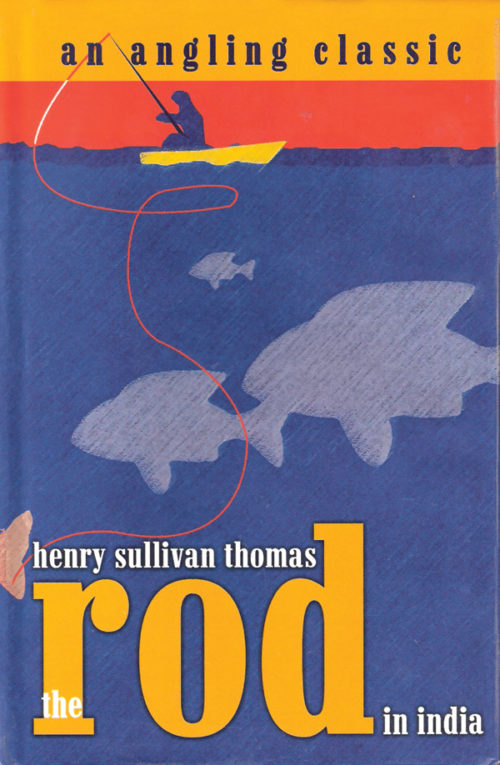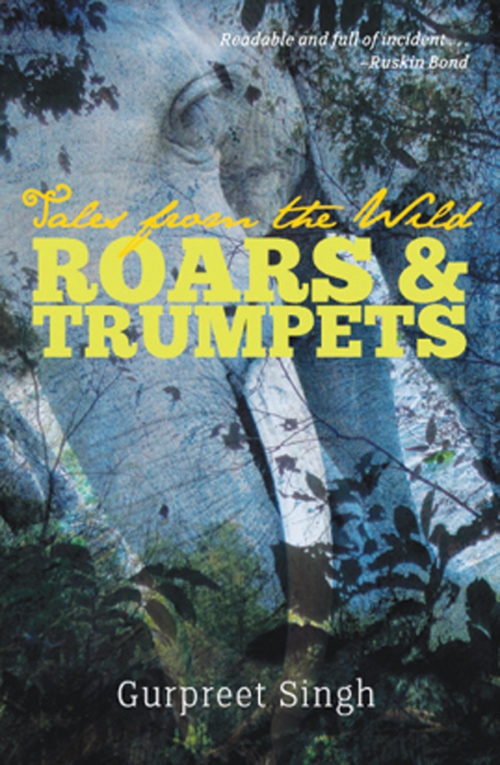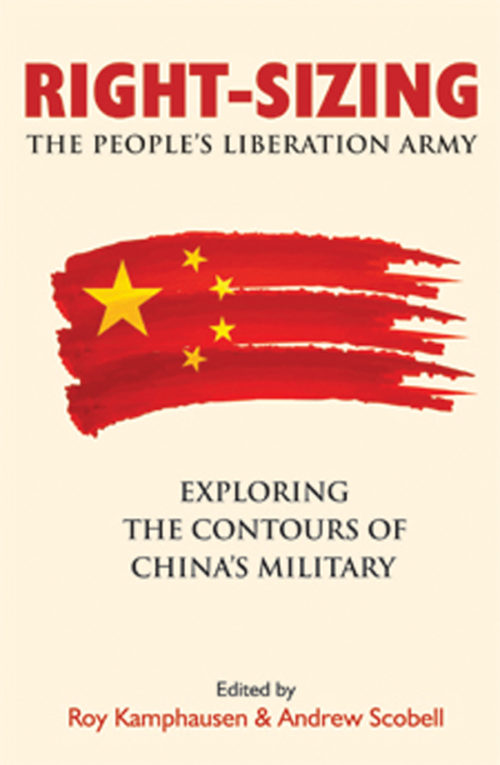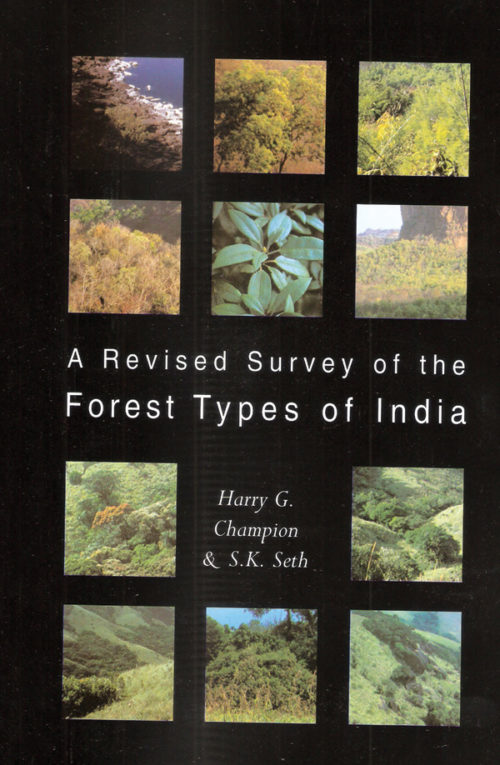-
A reliable guide book for all appearing for general examinations and SSB interviews.
-
A reliable guide book for all appearing for general examinations and SSB interviews.
-
A soldier recalls his personal account of the operations in Jammu and Kashmir in 1947-1949, shortly after India gained Independence. This book is insightful and enlightening as the terrain and the enemy remain the same.
-
-
This edition of the bare act contains the new amendments from 2022 appended to the existing act at the end of the book for quick reference. It also contains Rules upto 2006; Declarartion of Wild life Stock Rules, 2003; The Wildlife ( Transactions and Taxidermy) Rules, 1973; the Wildlife (Stock Declaration ) Central Rules, 1973; The Wildlife (Protection) Licensing (Additional Matters for Consideration) Rules , 1983; Recognition of Zoo Rules, 1992; Guidelines for Appointment of Honorary Wildlife Wardens: Elephant Preservation Act, 1879: Guidelines for Tourism in and around Tiger Reserves and; Central Government orders Prohibiting Sale of Animals by a Zoo.
-
Here is a book that deals with wildlife crimes throughgiving extensive colour illustrations and images for easy detection.
-
Here is a book that deals with wildlife crimes throughgiving extensive colour illustrations and images for easy detection.
-
-
This is the bare act in both the languages - Hindi and english - running alongside for easy reference.
-
This is a well informed book on the several issues surrounding the biodiversity debate across the world. Leading writers have come together in this book to share their thoughts and ideas.
-
From his abode in the mountains in the foothills of the Himalaya, India's most loved author, Ruskin Bond has observed the beauty and serenity of nature, unspoilt. For over sixty years, the mountains, forests, birds and animals have inspired innumerable stories and tales by India’s favourite author. In this book, a selection of his most insightful, informed, wise and witty writings about nature are brought to life by a collection of watercolour illustrations by artist Prenita Dutt. If you had ever forgotten that humans too are creatures of nature, this book will reconnect you to your habitat. Nature, through Bond’s delightful words, will educate and enlighten.
-
"We need to talk to our children about what true happiness really means. If we dont, the kind of society we live in will lead them on to the incorrect and untrue track making them materialistic, selfish and competitive.This joyful, practical and poetic book will help adults and children talk and reflect on what makes us truly happy, and move towards the real joys of life! - Christophe André, renowned French Psychiatrist This unique book with unusual open and close flaps, chamring illustrations in large format asks simple questions that make little children think of how the simple things they can do and learn will help them grow up into happier and more content adults. Questions like how will you like to win, alone or by taking others along? When you see someone in trouble, will you ignore them or help them?
-
-
"Globalized industrial agriculture based on the Green Revolution and gene revolution harbors hidden interests, pursuits of monopoly, profits, control huge hidden costs, and capitalistic imperialism. The cost must include the genocide of the Indian farmers and the agony of quarter of a billion Indians that live in hunger and poverty. The concern of the book is to estimate the true cost of the Green Revolution, gene revolution, industrial production and globalised distribution and to compare it with the agro-ecological alternatives. Agro-ecology is not only an effective treatment for rural poverty but also a necessary realization of the right to food for all. The science of agro-ecology harbors the potential to benefit the most vulnerable people in various regions, countries, and environments and contribute to overall economic development. "
-
Water wars are a cruel reality today. This book look at Vilasroas Salunkhe's successful 'pani cpanchayat' water model for useful replication across India. Anna Hazare was also inspired by the same and introduced it in his village.
-
This book is a brief account of the course of the war that took place in Vietnam between 1945 and 1973. It was the type of struggle that gained prominence in the 20th Century and is usually referred to as Guerrilla warfare.
-
Very simply, this publication describes the philosophy which distinguishes the U.S. Marine Corps. The thoughts contained here are not merely guidance for action in combat but a way of thinking. This publication provides the authoritative basis for how we fight and how we prepare to fight. This book contains no specific techniques or procedures for conduct. Rather, it provides broad guidance in the form of concepts and values. It requires judgment in application. Warfighting is not meant as a reference manual; it is designed to be read from cover to cover. Its four chapters have a natural progression. Chapter 1 describes our understanding of the characteristics, problems, and demands of war. Chapter 2 derives a theory about war from that understanding. This theory in turn provides the foundation for how we prepare for war and how we wage war, chapters 3 and 4, respectively.The U.S. Marine Corps is a branch of the United States Armed Forces responsible for providing power projection from the sea, using the mobility of the United States Navy to deliver combined-arms task forces rapidly. It is one of seven uniformed services of the United States. In the civilian leadership structure of the United States military, the Marine Corps is a component of the United States Department of the Navy, often working closely with U.S. naval forces for training, transportation, and logistic purposes; however, in the military leadership structure the Marine Corps is a separate branch.
-
The war in Malaya is important as it was the first large scale campaign to be fought within British or British protected territory. It was also the first experience of a campaign fought with modern weapons in jungle warfare conditions.
-
Here is Patton's autobiography that reveals his understanding of the nature of war and in doing so throws light on the life and times of a fine military man.
-
It must surely be exceptional that a prominent general should be accorded grater appreciateion, respect, and sympathy, veen posthomously, by his enemeies than by his own country. But such was the fate of the charismatic Field Marhsal Von Rundstedt. This book is his remarkable biography.
-
What most hailed as a superb revolution- Vandana Shiva seems most cynical about – India’s Green Revolution. This book argues for diveristy rather than monogamous agriculture as the answer for sustainable progress.
-
Known as the Father of India’s Space Programme, Vikram Sarabhai’s interests included space and nuclear energy, architecture, industry and business, institution building, management development, arts, music, and theatre. He was a scientist and an entrepreneur, an educator, and a businessman. When he passed away unexpectedly at the young age of 52, he left behind a legacy few can match, having set up internationally reputed institutions and organisations that have made India proud and put us on the world map. "Dr. Sarabhai was a young person with great wisdom. There is a French saying that "if age could do and youth had wisdom, it would be a wonderful combination". Vikram Sarabhai had that combination. He was a fine blend of the thinker and doer. No one can lead a meaningful life today without combining the two." – Indira Gandhi
-
This book seeks to give wider currency to modern innovation in tree culture pertinent to tree improvement and multiplication.
-
The most authentic account of the Valley of Flowers, this book also has maps and photographs.It is of immense interest to mounatineers, botanists, gardeners, naturalists, photographers, travellers, and the army chair traveller.
-
This is an expose on China’s conspiracy to destroy America as it is in China’s interest to be the supreme super power, economically, militarily and geographically.
-
This book reflects on the genesis of terrorism in India and how it took shape. It is essential reading for anyone who wants to understand current issues and the nature of terrorism today.
-
This volume seeks to put the twenty-two day war in proper perspective and takes stock of the fighting, in so far as it is permissible, evaluating its political and military impact on the Indo-Pakistan subcontinent, eliminating mis-emphasis and arriving at a sober assessment of the fateful events.
-
Former Information Commisioner, Dr Tolia looks at the impact of RTI and how it has led and can lead to transparency in governance.
-
This book is an enjoyable romp through the jungles of India, with a man who knows it all!
-
This kind of War has been studied by two generations of soldiers. Fehrenbach describes good decisions and bad ones with insight and expertise. But what he does best of all and what is so memorable, is his eloquent, sometimes painful description of the Gls who must bear the vurden of those decisions. That is the awful beauty of this book - it cuts straight to the heart of all the political and military errors, and reveals the brave souls who have to bleed and die for mistakes made. A timely reissue of a military classic. Theodore Reed Fehrenbach, Jr. was an American historian, columnist, and the former head of the Texas Historical Commission (1987-1991). He graduated from Princeton University in 1947, and had published more than twenty books, including the best seller Lone Star: A History of Texas and Texans and This Kind of War, about the Korean War. Although he served as a U.S. Army officer during the Korean War, his own service is not mentioned in the book. Fehrenbach also wrote for Esquire, The Atlantic, The Saturday Evening Post, and The New Republic. He was known as an authority on Texas, Mexico, and the Comanche people. For almost 30 years, he wrote a weekly column on Sundays for the San Antonio Express-News. T.R. Fehrenbach was 88 years old at the time of his death. -
This book is an erudite and intimate illustration of the glorious career of General Thimayya by his close associate and comrade-in-arms.
-
"There comes a time for each of us to tell a story. At 94, Amir Ali recalls the carefree days of his youth at the Doon School and life as the nephew of the famous ornithologist Salim Ali. He recollects picturesque picnics at mystical Kihim, the struggles of his brother Saad, a freedom fighter who spent years in jail and the widespread sympathy Aamir received in London and Bangkok, Montreal and New York, when Mahatma Gandhi was assassinated. Aamir Ali's passion for climbing captures the magnetic allure of the Himalaya and the Alps. This book is a collection of charming memoirs of the east and the west, of families and relatives, of tradition and modernity and the adventures along the journey called life. "
-
This book provides the composite story of the Burma campaign. The author has explained the important aspect of operations in logical sequence and in lucid style, bringing out clearly the application of the principles of war. All the chapters in this book have been well arranged and give a continuous picture of the many events as they took place. The strategic, tactical and administrative problems that were tackled have also been well brought out. The factual information in this book and large numbers of maps and sketches will be useful to students of military history, particularly to those preparing for their promotion and Staff College Entrance examinations. This book also carries a well-researched and concise biography of Field-Marshal Viscount Slim.
-
Nature writing at its best! This book is the perfect addition to every mountain lover's bookshelf. In 1931, a party of British mountaineers—including Frank S. Smythe—on their way back from a successful ascent of Mount Kamet, were looking for shelter from inclement weather in the wilderness above Joshimath in present-day Uttarakhand. They chanced upon the lush and colourful Bhyundar Valley, the Valley of Flowers. In the monsoon of 1937, Smythe returned to the Valley with four Tibetans from Darjeeling. On this adventure, Smythe extensively explored the Valley, identifying and collecting flowers and seeds from among the wealth of plant life. He and his friends also scaled the Nilgiri Parbat and the Mana Peak and were defeated by Mount Rataban. Beset by the rains, the party was nearly always soggy and, once, an Abominable Snowman gave them the fright of their lives. Yet, these were but minor prices to pay for the privilege of witnessing the Himalaya in its infinite variety and for a great deal of time usefully spent ruminating on the joys of idleness. "For solitude in the Valley of Flowers taught me the insignificance and incapacity for happiness of thought as compared with a meditation that knows no intellectual limitations, but is content to accept with childlike faith and delight the infinite beauties and granduers of the universe."
-
Superlative illustrations with a simple, yet touching fable told in rhyme by National Award winning film maker Sagari Chhabra, this book is sure to touch the hearts of children worldwide.
-
"Speech is what distinguishes man from the apes – or so many scientists believe. Keith Laidler, a young anthropologist, was sceptical. It seemed to him that this was one more way in which man conceitedly over-estimated himself. In defiance of such prejudice, Laidler set about teaching a baby orangutan to talk. For a year and a half Cody was raised in ‘human’ conditions. He wore nappies, slept in a cot with a teddy bear and played games. As Laidler had hoped, Cody’s physical and intellectual development kept pace with - sometimes outstripped - that of a human baby. But how was his teacher to make Cody understand that he wanted him to ‘talk’? Slowly, patiently, Laidler devised ways of getting the young ape to imitate his own movements and sounds. And to his delight, once Cody grasped what was expected of him, his progress was astonishing. Keith Laidler has written a fascinating, funny and moving account of his life with Cody. His ‘experiment’ provided the scientific establishment with controversial new material. But perhaps a more significant outcome was the bond of affection that developed between the man and the young ape as they worked and played together: a bond which all animal-lovers will understand, and which defies all those who doubt the sensitivity of ‘dumb animals’. "
-
This book is a unique and unusual blend of field work, anecdotes, observations and research on the lessor known behaviour patterns of Asian elephants. Written in an easy style, the book is of equal interest to the expert and the layperson. The author, a scientist, spent more than a decade observing elephants in Rajaji National Park, in India. The behaviour patterns documented in this book reflect the changing habitat and ecosystem, raising questions, and observations on new management techniques needed to address conservation challenges for wildlife in India. Praise for the book: This is an excellent book. Having worked with African elephants all my life, I can see the similarities and differences between the African and the Asian elephants. I liked the way Ritesh has combined statistics and research with stories. -Dr. Cynthia Moss, Director, Amboseli Trust for Elephants, Nairobi
-
Major John howard's name will long be remembered and revered for his daring and charismatic leadership of the sensational and important coup de main Pegasus Bridge operation. The Pegasus Diaries make the fullest use of John Howard's writing with significant input from his daughter Penny Bates. We are left to judge him on his merits but, whatever the verdict; there is no denying his courage, achivements, honesty and humanity.
-
The Officer as a Leader is remarkable book on military leadership, wherein the author discusses the psychology of a leader and what it takes to be one. In this now famous book, he points out the thirteen mistakes that every leader should avoid that are now as well known in Armies across the world as are the Ten Commandments
-
Are human truths as immutable and constant as the law of Newton or are human phenomena subjective in interpretation, varying therefore according to the biases of differing viewpoints. It is possible, concludes D'Souza, in this wide ranging work, to find objectivity in the analysis of human matters and thus freedom from the vagaries of interpretation, in the survival impulse. This impulse, primitive and almost biological in its origin, serves as a most satisfactory explanation of all human phenomena.
-
"This book provides a detailed account of the Indo-Pak War of 1971 as maintained in the Indian government's military history records. It is being made available to the public for the first time after the declassification of sensitive military record in 2005. These records include war diaries maintained by the units and higher formations of the Indian Armed Forces, notes of officers who fought in the war, interviews, accounts as learnt from Generals on both sides, official reports, journals, and gazetteers. This book shall be useful to officers of the Defence Forces for study, to military analysts and enthusiasts, and to all those who have an interest in understanding the roots of relations between India and Pakistan. "
-
This book provides a detailed account of the Indo-Pak War of 1965 as maintained in the Indian government's military history records. It is being made available to the public for the first time after the declassification of sensitive military records in 2005. These records include war diaries, maintained by the units and higher formations of the Indian Armed Forces, notes of officers who fought in the war, interviews, accounts as learnt from Generals on both sides, official reports, journals and gazetteers.
-
"Would you believe it if you were told that a lot of all that appetizing, supposedly nutritious food you enjoy eating so much is actually slowly, stealthily poisoning you, your children, the earth's entire environment? Chances are you won't believe it. The truth is, its happening on an ever large scale But how is that possible? In this book, a chef and scientist blow the lid off a huge, shameful conspiracy. Can this major threat to our health and that of the planet be combated? Yes, it can, but only if you become aware of how you're being cheated, of how several scientists, officials, pharmaceutical and other companies, even sections of the media, blinded by big money are conniving and misrepresenting facts, wantonly destroying in one stroke the bounties of nature's precious heritage and endangering the very future of planet earth. The Great Health Scam brings you the real, shocking story..... "
-
"The Duels of the Himalayan Eagle describes the First Air War between India and Pakistan. Commencing from an analysis of the two air force and their concept of operations, every significant aerial and ground engagement has been covered in detail. These include Pakistani raids on Pathankot and Kalaikunda, Indian ventures into Sargodha, Badin and Peshawar as well as various aerial engagements. These stories are based on the narratives of the air warriors involved in the operations or records maintained on a daily basis in the squadron diaries by various units during the period of the war. Pakistani disastrous Para drops near Paathnkot, Adampur and Halwara in the West and Guwahati in the East have been covered in detail. The travails narrates by seven air warriors who became POWs have also been included. Finally, the author has dissected the entire air war and has put down his own conclusions- probably the first such attempt by an Indian author. "
-
In December 1971, one of Pakistan's most decorated officers. Lt.-Gen.A.A.K. Niazi, laid down arms before the invading Indian army, leading to the dismemberment of Pakistan. Was Tiger Niazi a coward, a hero, or the victim of an unjust fate? In this candid account of General Niazi breaks 26 years of silence and volunteers his own version of the events of that fateful year.
-
This two-thousand year old book still continues to inspire military as well as civilians alike even today. The Natraj edition is compact and attractive, easy to read and to have on your personal bookshelf.
-
This book provides a simple outline of the Arab-Israeli Wars 1967-1973 with clear maps and also provides a biography of General Moshe Dayan for students for easy study.
-
The Nobel laureate and the greatest British Statesman of wartime Britain Winston Churchill tries to analyse one of the most important events in the history of the world: the American Civil War. -
This is a collector's edition of two of Ruskin Bond's favourite books in one upside down edition! "Tales for all Time" brings together "A Garland of Memories" which is a collection of biographical short stories with "Indian Folktales Retold" which is an interesting retelling of India's famous folktales. In vintage Bond style, expect this collection to make you smile, laugh and cry.
-
Liddell Hart set out to cover T E Lawrence and the Arab Revolt but as his research grew and his interaction with Lawrence increased, so did the scope of this remarkable biography. What emerged was a man of reflection, of action, liked by many and disliked by many - but as Liddell Hart writes, that is true for any outstanding figure of his time and Lawrence did stand tall, in all that he achieved and in the decisions he took. And what binds both categories of viewpoints on Lawrence is a common admiration for him. The book talks about his achievements, character, and qualities of leadership. It is a testimony to his transcendent powers. Since Liddell Hart is a military historian, the book is a parallel account of the psychology of a warrior, with timeless lessons for officers today.
-
Advances in technology have set the stage for a major shift in how we fight wars and gather intelligence. Drones - cheap and plentiful - are poised to support and, in some cases, supplant current weapons, at a fraction of the cost. Not everyone is convinced. How can small drones with limited battery life stay in the air long enough to achieve anything on a strategic scale? And how can anything so small make an impact? But with new tchnology that allows drones to draw energy from the environment and swarms of thousands of drones acting together, their impact is anything but small. From anti-personnnel weapons to miniature demolition devices and high-temperature incendiaries, new technology is making small drones into true engines of destruction. The high cost of miliary aircraft, the rise of biomimetic technology, advances in the science of swarming behaviour - all of these are leading us to a future where drone swarm rules the skies. "Swarm Troopers" will show you what that future looks like and explore whether or not we''ll be ready for both the opportunities and threats it may bring.
-
This has every little detail any angler would dream to ask!The size, layout and production of this delightful book makes it every angler's essentail companion.
-
This is the first ever comprehensive book on wild life law enforcement in India. It explains the various interpretations and legalities pertaining to Indian wild life laws. The details of the case laws provided offer a better understanding of the procedures involved in the investigation and trial of wild life crimes.
Part I of the book deals with the conceptual topics like evolution and salient features of wild life laws, legal procedures involved in investigation and trials of wild life cases, powers and privileges of forest officers, CITES and its legal enforcement in India, legalities of captive management and legal provisions related to the Forest (Conservation) Act, 1980. Part II deals with various provisions and amendments made thereupon under the Wild Life (Protection) Act, 1972. These provisions are further elaborated through relevant case laws and commentaries for better understanding of a particular provision. Part III discusses rules, policies, statutes, and guidelines related to wild life law enforcement issued at national and international fora. Part IV of the handbook deals with other related laws such as the Wild Birds and Animals (Protection) Act, 1912, the Elephants Preservation Act, 1879, and the Prevention of Cruelty to Animals Act, 1960.
The history of conservation in India dates back several centuries – it carries utmost importance in the shastras, epics and other social codes. However the first ever comprehensive legal code was formulated as the Wild Life (Protection) Act, in 1972. The laws related to wildlife enforcement are thus still at an evolving stage.
We urgently need strong wild life law enforcement in India as the laws exist but poor implementation and systemic deterrents restrict effective pro-action. This book delves into a detailed analysis of the laws in place in India – while it explains the laws, the book also provides extensive case studies.
The book will be very useful for Forest officials and staff dealing with various issues in wild life management in the field, forest authorities dealing with various issues in captive management such as Zoo Keeping, transportation and immobilization of animals in distress. This book will further help wild life enforcement agencies, police personnel dealing with prevention, detection, investigation and trial of wild life crimes, customs and other enforcement agencies dealing with enforcement of regulations under international conventions and protocols, individuals, NGOs and other authorities dealing in litigations and writ petitions in the High Courts and the Supreme Court.
SURENDER MEHRA is a member of the Indian Forest Service (batch of 1999). He graduated as Bachelor of Technology in Electronics and Telecommunication Engineering from Regional Engineering College, Kurukshetra in 1995 and in the same year he was selected for the Indian Engineering Services. In 1999, he joined the IFS.
He received the Uttaranchal State Forestry Award in 2003 for ‘Excellence in Civil Services Reforms’. He completed his PG Diploma in Wild Life Management from Wildlife Institute of India, Dehradun in 2006-07. He also holds a PG Diploma in Environmental Law from National Law School, Bengaluru.
He has worked as Deputy Conservator of Forests, Haldwani (Nandhaur Wildlife Sanctuary), Corbett Tiger Reserve and Rajaji National Park & Rudraprayag. He has also worked as faculty at the Central Academy for State Forest Service, Dehradun. In recent years, he worked as Conservator of Forests, Western Circle, Haldwani and Chief Conservator of Forests and Field Director, Corbett Tiger Reserve.
He has written the First Management Plan of Nandhaur Wildlife Sanctuary. He successfully conducted the Wild Life Monitoring study in the Western Circle and also authored its report titled ‘Status of Tigers, Habitats and Corridors in Western Circle, Uttarakhand'.
His fields of interest are Wildlife Management, Legal issues in Forests and Wild Life, Information Technology, GIS and Remote Sensing and Wildlife Photography. He has also authored a book titled “Legal Forestry” (2004).
He is currently posted as Deputy Inspector General, National Tiger Conservation Authority, in New Delhi and is also pursuing his Ph.D in Wildlife Sciences from Wildlife Institute of India, Dehradun.
-
This book tells us the important role of Delhi in the Indian Independence movement. A tribute to Delhi on its hundreth year as the Indian capital.
-
This book, covering the European part of the Second World War, stands as one of the masterpieces of military history.
-
Street without Joy is an objective and poignant account of the French involvement in Vietnam and its subsequent retreat.
-
This three volume set on silviculture of trees stands unparalleled in time for its scope and significance.
-
This is an intimate biography of the hero of Kargil, Captain Vikram Batra. It tell us the story of the braveheart, from his childhood to how through sheer courage and bravery, he won the war for India and also made the nation proud.
-
It describes the revolt in Arabia against the rurks, as it appeared to an Englishman who took part. Round this tentpole of a military chronicle, T.E. lawrence has hung an unexampled fabric of portraits descriptions, philosophies, emotions, adventures, dreams. He has brought to his task a fastidious scholarship, an impeccable memory, a style nicely woven of oxfordisms and Doughty, an eye unparalleled...a profound distrust of himself, a still profounder faith
-
Here is the story of a hero , the story of young Jonathan, the Commander of the Entebbe Rescue Force, who gave up his life in Operation Thunderbolt to rescue passengers of the plane hijacked by international terrorists.
-
"This book tells the real history of Adolf Hitler's doctors based on the remarkable secret diary of his physician Professor Dr. Theodor Morell and other papers. The Morell Diaries vanished in 1945. But turned up in 1981 in the National Institute of Health in Maryland in the United States of America which transferred them to the National Archives. Was Hitler clinically mad? What diseases laid him low in 1941 and 1944 - at crucial moments in his nation's history? British historian David Irving was the first to find, identify, transcribe, translate, and publish these vital records. The extraordinary diaries of Hitler's doctor and the accompanying dossier on his ""Patient A"" refute many wartime legends bout Nazi Germany's Dictator. "
-
"Conservationists might set out with very different objectives: preservation and recovery of rare and threatened species - as with rhinos or bustards, sustaining a steady supply of useful products for human use - as with fisheries, or even eliminating threats to human life of livelihood as in the case of rodent pests or man-eating tigers. None of these objectives, however, can be effectively met without a clear understanding of how wild populations of these species function. The necessary knowledge can come only from the application of rigorous science, which involves sampling, modeling and estimating animal populations. Even with such reliable knowledge in their armory, conservationists must face social challenges in application of this science on the ground and in the policy arenas, in which not everyone may share their goals or values. This volume contains 26 articles by the author written in collaboration with other leading biologists, quantitative ecologists and conservationists. It boldly explores a complex terrain that spans ecological theories to social practices. It is a useful guide for those practicing science-based conservation. "
-
This book contains the bare act alongwith the Tribal Rules.
-
This book is the first independent assessment of the Sardar Sarovar Project. Its findings and conclusions are of significant importance to environment policies of the future.
-
It's a deft Hindi translation of Jim Corbett's most adventurous tale of his encounter with a very notorious leopard in Rudraprayag.
-
This very unique book is a blend of travel writing mixed with a deep keenness to explore the mystery of the jungle and what lies behind the darkness of it. The author blends his travels to India's famous Corbett National Park with his understanding of the deeper meaning that the forests and their darkness hold. While on one hand the author shares his experiences of travels in the Park and information about the Park and its history, he also shares true stories of the supernatural, first hand experiences, anecdotes from residents and fellow travellers to raise questions in the mind of the reader - whats true and whats not - is there a higher power that controls situations as they occur or is it man's limitation at understanding the world beyond us.
-
This is a beautiful leather bound large format limited edition of the Roget's thesuarus for book lovers.
-
The book is aimed at naturalists and sportsmen alike and presents in simple language the natural history of fish found in India.The author has attempted to impart a love of Natural History to fisherman and to gain amongst them more friends for pisciculture in India. The book is considered to be a bible on Indian fishes and fishing in India. The text is accompanied with ninety-six illustrations to help you recognise easily what you have caught besides a chapter on fishing localities that one can go to, experiences anyone can have and knowledge that can be put to good use.
-
‘Roars and Trumpets’ is the story of a man’s life-long and obsessive passion for the jungles and his helpless surrender to the compelling call of the wild. Spanning a period of half a century, Gurpreet Singh’s love affair with the jungles of India begins in the North West Frontier Province in the pre-Partition days of the British Raj and ends in the forests of Assam, where he spent his entire working life as a tea-planter. The book conjures up a by-gone era, taking us back to the days of plenty, the never-ending stretches of wilderness, the vast jungles and the compulsive lure of the hunt where man and animal engage in a deathly game of survival and try to outwit each other. It is compulsory reading for all jungle lovers who have been hankering for hunting tales and jungle lore in the tradition of Jim Corbett and Kenneth Anderson.
-
"This volume addresses how the leadership of China and the PLA view what size of PLA best meets China’s requirements. Among other things, this analytical process makes important new contributions on the question of PLA transparency, long an issue among PLA watchers. A great deal of emphasis has been put on understanding not only how, but also why a military modernizes itself. Some of the determining factors are national policies and strategy, doctrine, organizational structure, missions, and service cultures."
-
The book presents introductory material on the principles of remote sensing and contains descriptions of image interpretation methods. It discusses the techniques of computation and evaluation and also the application of the data for resource management.

